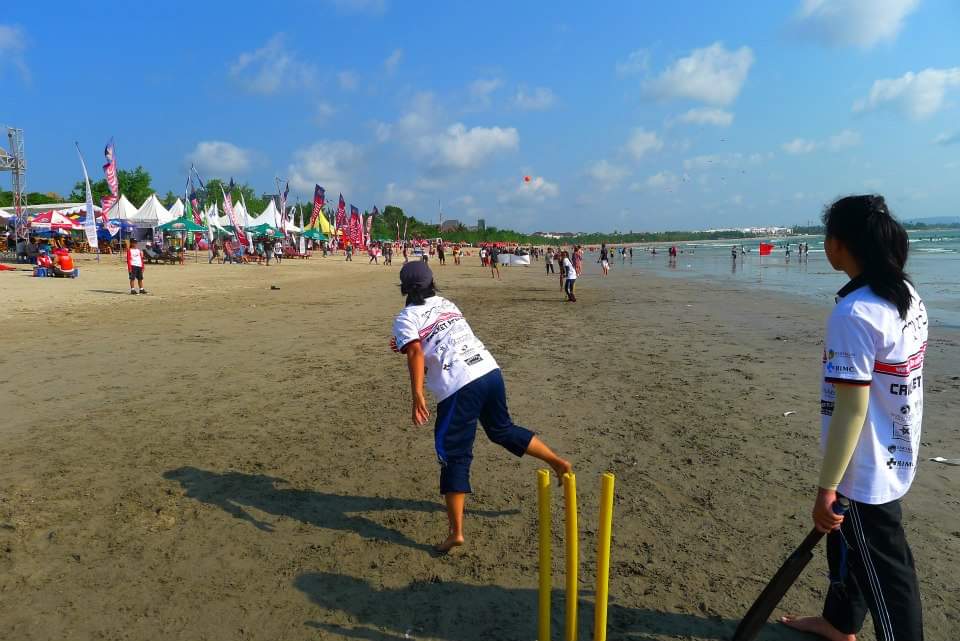Cricket in Indonesia has an unusual heritage.
Unlike the rest of the world, it was the Dutch colonialists rather than the British ones, who introduced the game to this equatorial nation of lush tropical rainforests and active volcanoes. Remarkably, there are records of cricket being played in the East Indies (became independent as Indonesia in 1949) as far back as the early 1880s. There is even a fascinating account of a cricket match involving the Bataviasche Cricket Club being interrupted by the Krakatoa volcano eruption in 1883.
Through the 20th century, cricket clung on to the national sporting landscape through the Dutch clubs hosting fixtures against British colonial teams from Malaysia and Singapore. However, these games were restricted largely to the expatriate communities in Jakarta and Medan. Locals viewed cricket as an eccentric and obscure pastime. It wasn’t until the onset of the 1990s that cricket started to gain a foothold in wider Indonesia; primarily due the efforts of an Australian cricket enthusiast named Bruce Christie. The veterinarian scientist had moved to West Timor for some project work in 1995, when he took up the challenge of introducing cricket to local youth.
Christie set up the Nusa Tenggara Timur (NTT) Cricket Club in West Timor. He then selected the five best indigenous players to take part in a cricket tour to Bali. Included in this group were Soni Hawoe, Melvin Ndoen, Yeri Rosongna, Bernadus Bena and Zack Awang; five individuals who later became the founding members of Indonesian cricket. Emerging Cricket caught up with Christie’s protégé Soni Hawoe to learn about the game’s development in Bali, its unique culture and his future dreams for Balinese cricket.
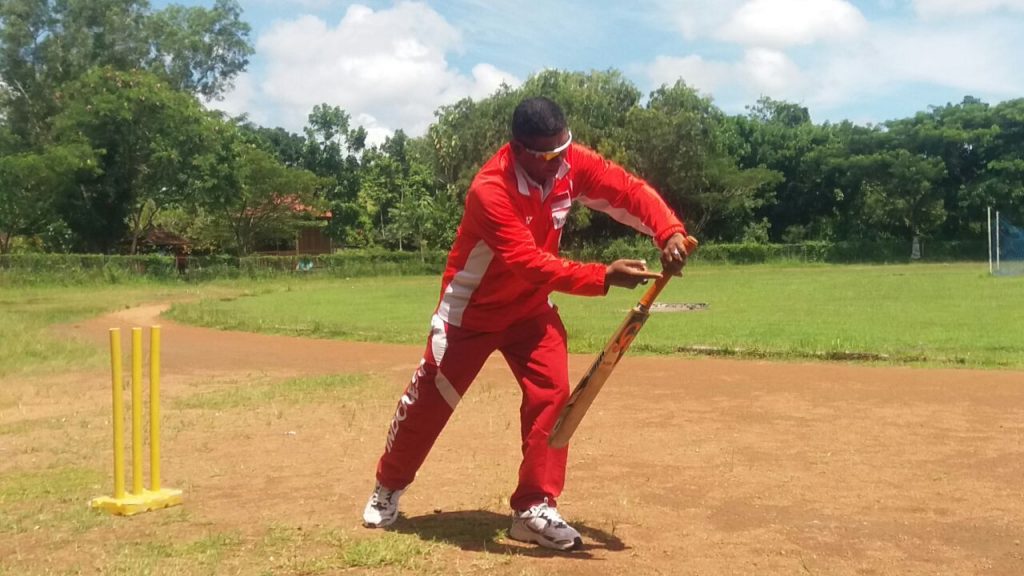
History of Balinese Cricket
According to Hawoe, Christie is widely regarded today as the ‘Godfather’ of Indonesian cricket and the pioneer of the Indonesian indigenous cricket movement.
“Thanks to Bruce, I first got to learn cricket in 1996 in Kupang. He trained the five of us about cricket’s many rules and laws. The following year, our NTT Cricket team travelled to Bali to play cricket versus the Bali International Cricket Club, which had only been formed a couple of years before by expats.”
Hawoe states that the 1997 tour was ground-breaking in many ways, particularly in igniting interest amongst the local population.
“Before this tour, there were no local people playing cricket in Bali. Cricket was only played by expats, who organised and played a social game every week. These included individuals from the Australian, British, Indian, Sri Lankan and other communities.”
With Christie’s return to Australia in 1998, the onus fell on Hawoe to carry on cricket’s legacy. Hawoe had grown increasingly fond of the game, and it was easy to summon the enthusiasm to put in the hard yards.
“In 2000, we started the Indonesia Cricket Foundation (now called Persatuan Cricket Indonesia) with members of Cricket Bali, Jakarta Cricket Association and Bogor Cricket. Next year, I went to Australia to learn to be a cricket coach, financed by the ICF. For three months, I attended coaching clinics at Don Bradman camp and also played for the Camden Rams Cricket Club. It was such a wonderful experience.”
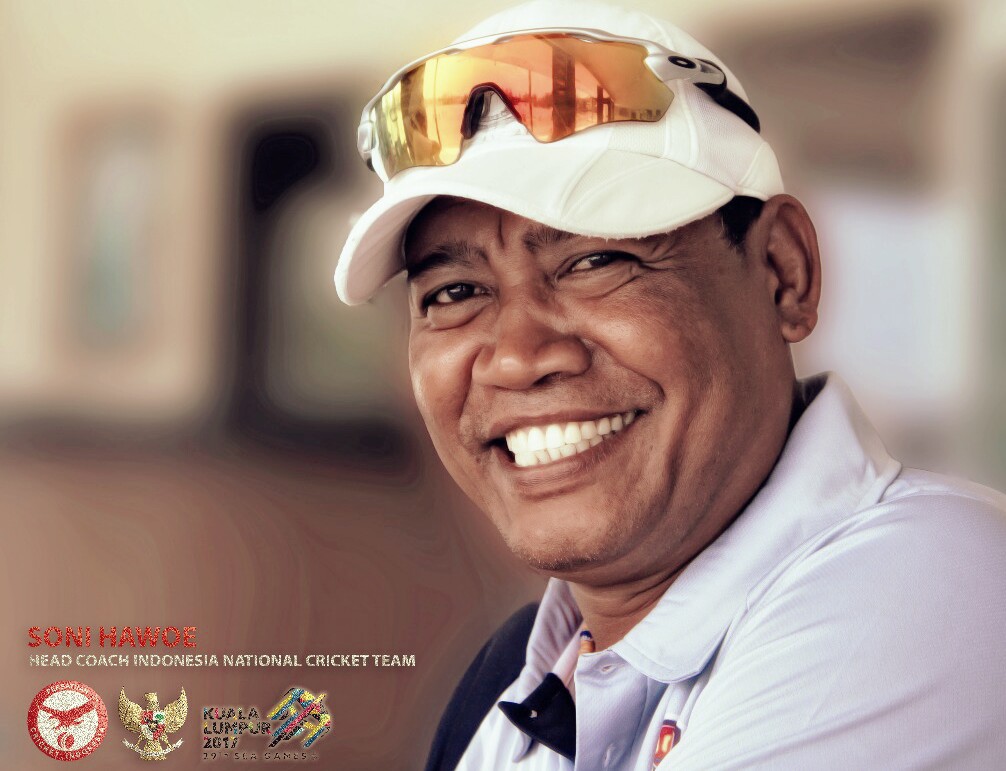
After returning from Australia with the required coaching certificates, he started introducing cricket to local schools in Bali. The next couple of years saw heady growth with Indonesia being accepted as an associate member by the International Cricket Council (ICC). Also, Hawoe formed the very first indigenous Balinese cricket club named Udayana Cricket Club, in collaboration with Alan Wilson (the then ICF President).
Present
Cricket in Bali and Indonesia overall has come a long way since those early days. Currently, there are 113 club teams and 120,000 participants playing the sport nationally. In Bali itself, the game has spread to 7 districts with many schools including cricket as part of their sport curriculum.
Furthermore, there is an ICL Bali T20 cricket league held annually with 8 men’s and 4 women’s clubs taking part. Recently, Emerging Cricket reported on the ICL Bali 2020 competition which was held successfully under strict COVID-19 health protocols at Udayana Cricket Field.
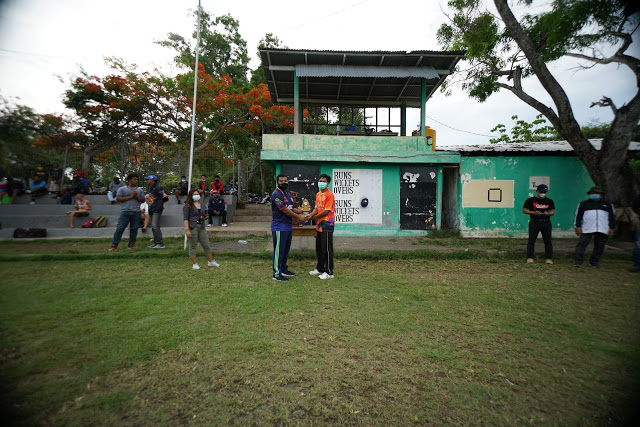
Hawoe is proud of how far Balinese cricket has come but says that there is much more room for development.
“We have one main ground, which is the Udayana Cricket Ground where the ICL Bali tournaments are held. It has a concrete pitch. The 7 districts that play cricket also have one cricket field each, with a concrete pitch and multiple practice nets. We have an Indoor Cricket league as well, but we can definitely do with further improvements of our facilities.”
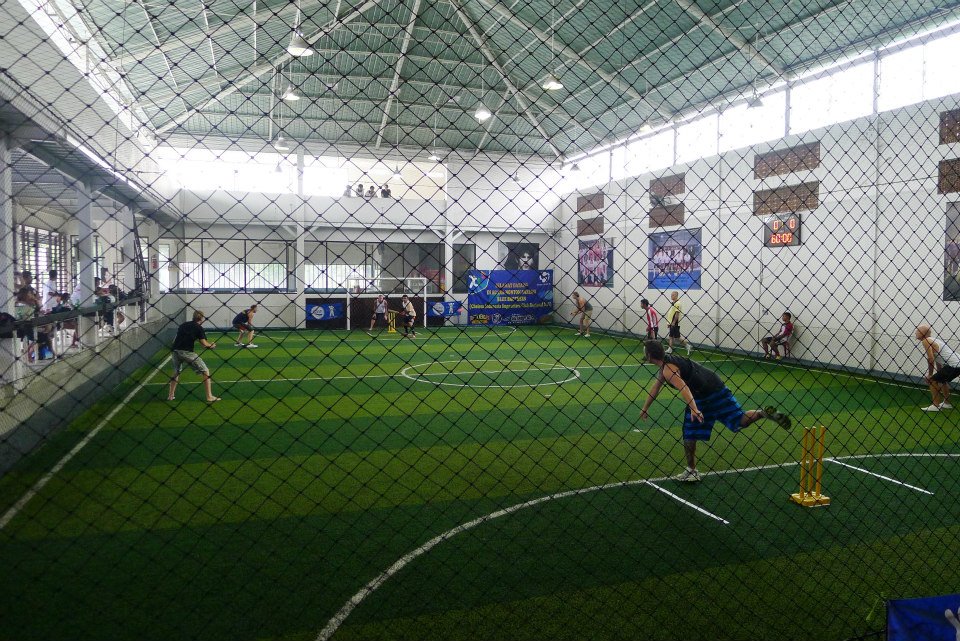
Tourism Economy & COVID-19
The island of Bali holds a special place in the heart of many Western Australians. It is closer to Perth by plane, than other Australian cities like Melbourne, Sydney or Brisbane. Lured by its tropical climate, cheap Bintang beverages (Indonesian beer) and seaside resorts designed to accommodate every budget, 415,000 ‘sandgropers’ visited the island in 2019, out of a total of 1.23 million Australians.

Speaking to Hawoe, it makes me reminisce about my own trip to Bali, and remembering being shocked strolling through Kuta, the so called “tourist district”. At every turn, I saw tattooed, singlet and board shorts-wearing Australian men and women. It almost felt like not leaving Australia at all; if it wasn’t for the humid, tropical climate. Therefore, it isn’t a surprise to learn that Australian tourists and expats have been very influential in the development of Balinese cricket.
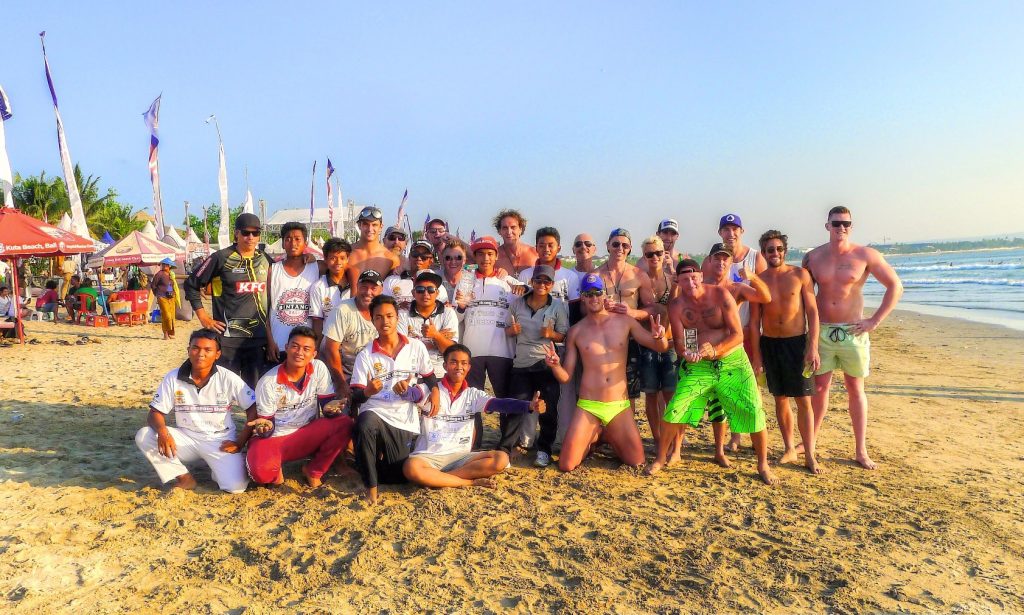
Quite a few Australian expats continue to participate in the local ICL Bali T20 league and play an integral part in the competition. Furthermore, many pubs and bars in Bali’s tourist-friendly districts feature sports like Australian Rules, Rugby League and Cricket on television.
Tourism is Bali’s lifeblood, with the industry contributing to around 80% of the island’s economy. Therefore, the pandemic has hit Bali particularly hard in comparison to the rest of Indonesia. Tourist numbers have virtually evaporated; which has put many local businesses (which depend on tourism) under severe stress. Even though the local cricket league has bravely carried on, Hawoe says that several pre-planned international cricket events had to be cancelled.
“Yes, Bali is suffering badly due to COVID-19. Those who worked in the tourism industry have been forced to take on odd jobs, just to survive. It also impacts us on a cricket level as we had planned to hold several international events such as the Bali Super Sixes and the Kartini Cup. Unfortunately, those had to be cancelled.”
Religious Intolerance
To many Western tourists, Bali epitomises the essence of Indonesia. However, this is far from the truth. The island’s western friendly culture of resorts, bikinis, bars and alcohol are a by-product of its Balinese Hindu culture and is quite distinct from the rest of the nation.
On paper, the world’s largest Muslim majority country (87% Muslim) is a multi-faith nation which protects six religions equally. However, it has been undergoing a period of rapid cultural transformation and radicalisation recently with violence against religious minorities from several communities on the rise. Haowe is concerned about these developments but maintains cricket remains open to all ethnicities and religions in Bali and across Indonesia. In fact, the governing body wants to use the sport as a tool to promote religious harmony and co-existence.
“In cricket, there is no problem with religion. We still select teams based on skills and all cricket children respect each other, because the sport teaches positive things”, he says.
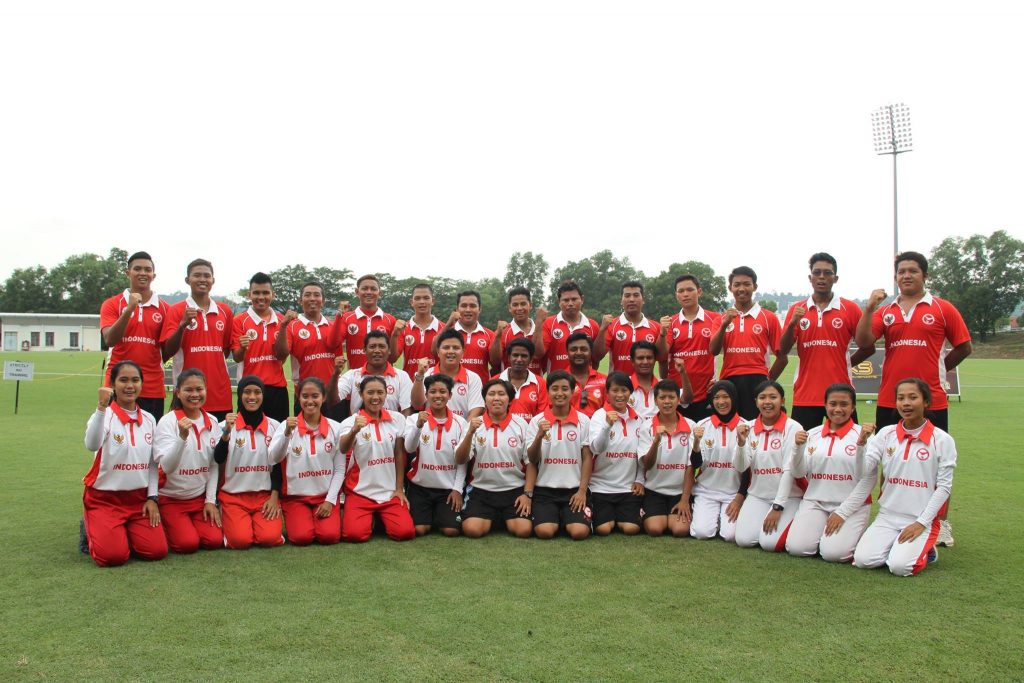
Future Goals
Despite the recent struggles with COVID-19, Hawoe remains very optimistic and has big dreams for the future of Balinese cricket.
“I hope that one day all of Bali will play Cricket. I dream of having a cricket stadium in Bali, which rivals Australian stadiums like the MCG or Adelaide Oval. I also hope that Cricket Indonesia can play in the World Cup because the Indonesian women’s team is now ranked 20th (as at 11th Feb 2021) in the world.”
Hawoe concludes by extending a warm welcome to everyone in the Emerging Cricket community to come and pay a visit to Bali.
“I still have a lot to tell you all. I hope to meet you in Bali and we can talk a lot about cricket in Bali and Indonesia. Thank you!”
You’re reading Emerging Cricket — brought to you by a passionate group of volunteers with a vision for cricket to be a truly global sport, and a mission to inspire passion to grow the game.
Be sure to check out our homepage for all the latest news, please subscribe for regular updates, and follow EC on Twitter, Facebook, LinkedIn and YouTube.
Don’t know where to start? Check out our features list, country profiles, and subscribe to our podcast.
Support us from US$2 a month — and get exclusive benefits, by becoming an EC Patron.

